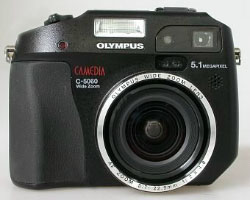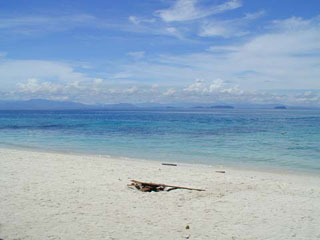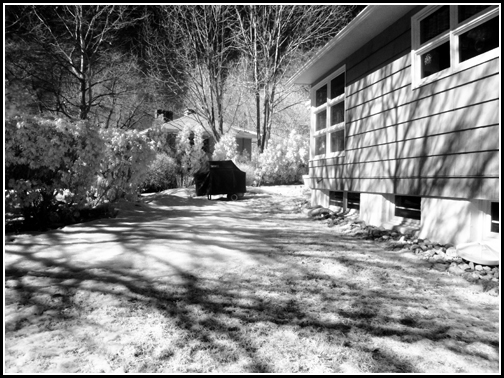 |
Latest
additions: Aug. 29th, 2007 Aug. 29th: Mode dial section updated Apr. 8th: Technical data section updated (current drain test by Warthog) Nov 20th: BLM-1 battery and RAW section updated |
 |
Latest
additions: Aug. 29th, 2007 Aug. 29th: Mode dial section updated Apr. 8th: Technical data section updated (current drain test by Warthog) Nov 20th: BLM-1 battery and RAW section updated |
Contact & QuestionsThis online resource is under construction. If you have new information please send me an email or leave a message in the form below. If you have very specific questions about the Olympus 5060, I'd suggest that you put them in the
Index
|
|
Questions ? Comments ? Put them in the Olympus 5060 user group
Questions ? Comments ? Put them in the Olympus 5060 user group
Questions ? Comments ? Put them in the Olympus 5060 user group

Perhentian island image |

Same image with polariser rotated by 90 degrees |
Questions ? Comments ? Put them in the Olympus 5060 user group
 |
Courtesy of Eddie
Wiseman Photo taken about noontime; Manual exposure, AF, ISO 80, 15" @ f8 with a HOYA RM72 IR filter(49mm) |
Questions ? Comments ? Put them in the Olympus 5060 user group
Questions ? Comments ? Put them in the Olympus 5060 user group
Questions ? Comments ? Put them in the Olympus 5060 user group
| here are the
steps (I'm on Suse 9.0 [1]):
1. boot Suse $ mount | grep
media turn cam off |

© Copyright Alfred Molon